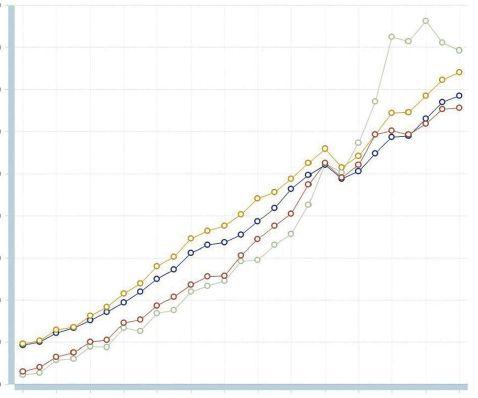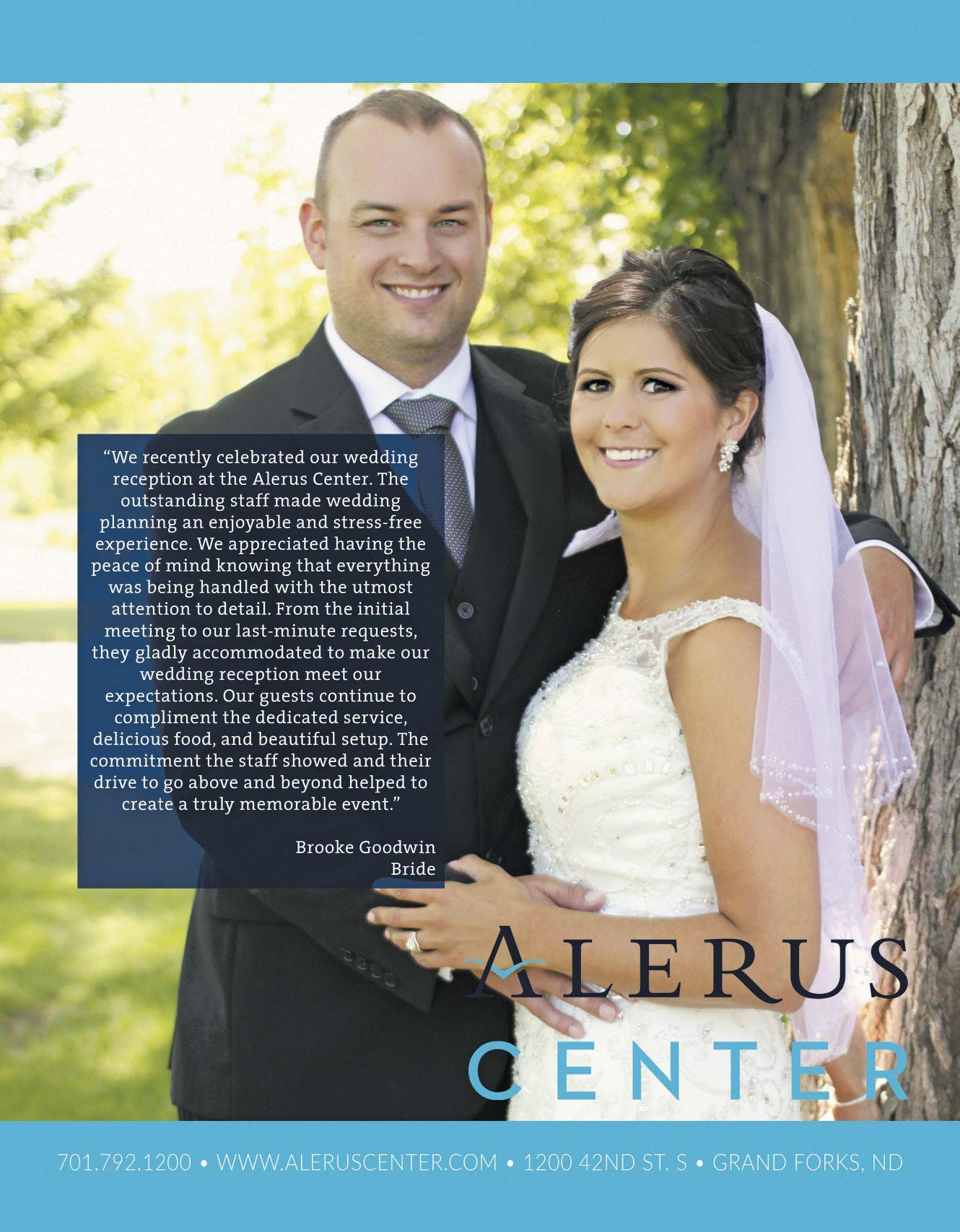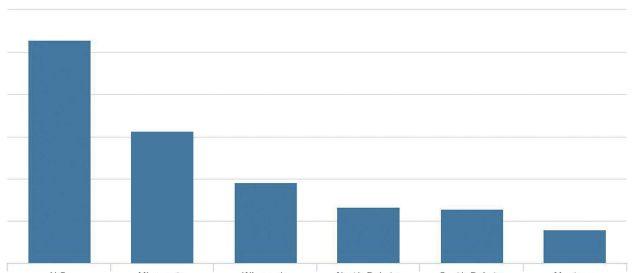
3 minute read
INSIGHTs & INTUITION
What’s the most useful or positive trend you’re seeing in the field of corporate human relations?
There are several trends coming for 2018. One is blind hiring, which would benefit everyone because of the issue of gender pay disparities.
Blind hiring strips away certain identifying information from resumes, enabling the first screening to be based entirely on abilities and achievements.
Second, passive hiring. At times, the best person for the job might be the person who isn’t even looking for it. We need to start networking and searching social media to find the person we are looking for to fit the job we have.
Sometimes, you don’t know you want another job until an opportunity is presented.
Third, having a workforce that can work remotely lets companies search anywhere for the right candidate. This also is a great boost for job satisfaction as it provides a better work/life balance.
People who work in an environment that is set for their needs perform better, so their company performs better.
SHANE ZUTZ DIRECTOR OF HUMAN RESOURCES DIGI-KEY THIEF RIVER FALLS, MINN
Human Resources is changing so quickly that it’s hard to focus on one specific thing! The most positive trend I see is CEOs and boards seeing the importance of HR being a strategic partner in driving overall business strategy.
Human Resources traditionally has been administrative and transactional in nature. But for businesses to thrive during this time of digital transformation, HR has to equip the business to drive strategy, build culture and cultivate transformative leadership to meet the demands of customers.
Human Resource partners who create value for the business will find that everyone from front-line managers to the CEO will see the importance of aligning business practices inside the company to customers’ expectations from outside the company.
Nancy Bjorndahl
BUSINESS MANAGER
Dakota Carrier Network has been using social media to recruit candidates who are not only technically qualified, but also good culture fits for our organization.
Social networks such as LinkedIn, Twitter and Facebook are effective ways to take a comprehensive look at a large candidate pool, and as such, they help us hire highly qualified talented employees.
With only 33 employees, DCN is a small company accomplishing big things. By recruiting and developing a skilled-diverse workforce, our team has been able to achieve a very high level of productivity, allowing us to strengthen our competitive edge.
The shift toward more flexible work schedules is really having an impact.
Flexible work schedules encourage a greater work-life balance for employees, and studies have shown this improves both employee engagement and productivity.
A company that can offer flexible schedules has an advantage over other companies from a recruitment and a retention standpoint. Of course, flexible schedules are not for everyone or for every company. But in 2018, our company will be researching flexible work schedules to see if we can incorporate a policy for employees who are in eligible positions.
Darren Walker
VICE PRESIDENT, HUMAN RESOURCES SANFORD HEALTH
With what is happening across the country today, the #MeToo campaign is exposing the “underlying” culture and leadership in corporate America. We are seeing the empowerment of individuals to speak up – individuals who previously may not have felt they had a voice.
The result creates transparency. It’s a window into an organization’s culture.
This is having a positive influence on the ability of organizations to identify, develop and cultivate leaders to create cultures of dignity, respect, integrity and equality.
One of the more exciting trends in corporate human relations is the focus on employee engagement. Employees who are engaged tend to be passionate advocates for their organization. How is this being done?
While it is important to provide a competitive wage and benefit package, it is also as important (if not more important) to provide a great work experience. Providing a more challenging work environment, with a strong work culture and more work/life balance, are just a few of the things that provide a better work experience.
A better work experience = stronger employee engagement.
Foreign-born share of population
2012-16 estimates. This chart originally appeared in fedgazette, the magazine of the Minneapolis branch of the U.S. Federal Reserve.
Source: U.S. Census.
Crime rate comparisons: U.S. and the states
Source: MuniNetGuide. com, which drew from the FBI’s 2016 Uniform Crime Reports.
Violent crimesper100,000ppl Property crimesper100,000ppl
Notes from MuniNetGuide.com:
“Minnesota’s violent crime rate is 35.4 percent lower than the national median, and the property crime rate is 17.4 percent lower. Larceny-theft is a larger proportion of overall crime in Minnesota (69 percent) than the national median (63 percent).”
“North Dakota’s violent crime rate is 32.2 percent lower than the national median, and the property crime rate is 11.1 percent lower. North Dakota has a similar proportional makeup of crimes by type to the national median.”
Source: U.S. Census, Minnesota State Demographic Center estimates. This chart originally appeared in fedgazette, the magazine of the Minneapolis branch of the U.S. Federal Reserve.
North Dakota field production of crude oil
End point: Oct. 2017 – 36,082 thousand barrels
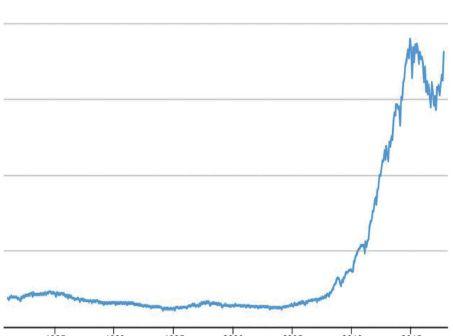
Source: U.S. Energy Information Administration
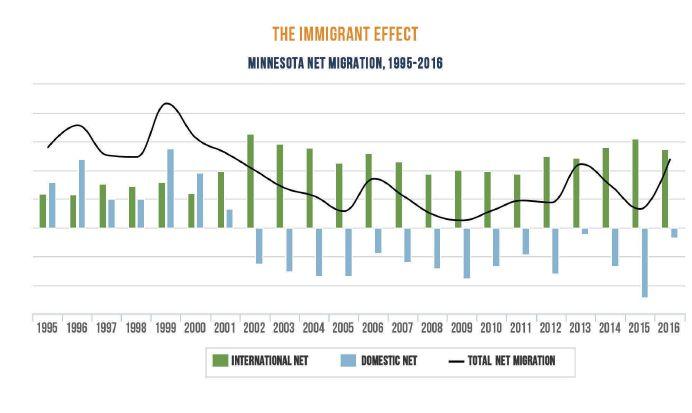
“South Dakota’s violent crime rate is 13.0 percent higher than the national median, and the property crime rate is 23.3 percent higher. South Dakota has a similar proportional makeup of crimes by type to the national median.”
Changes in per-capita personal income over time, U.S. and states in the region
Source: U.S. Bureau of Economic Analysis
